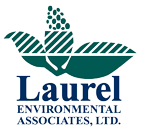LAUREL ENVIRONMENTAL ASSOCIATES, LTD.
53 West Hills Road,
Huntington Station, NY 11746
(800) 453-0578
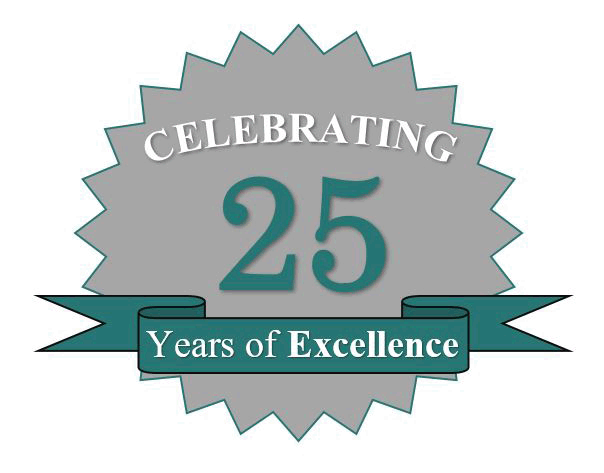
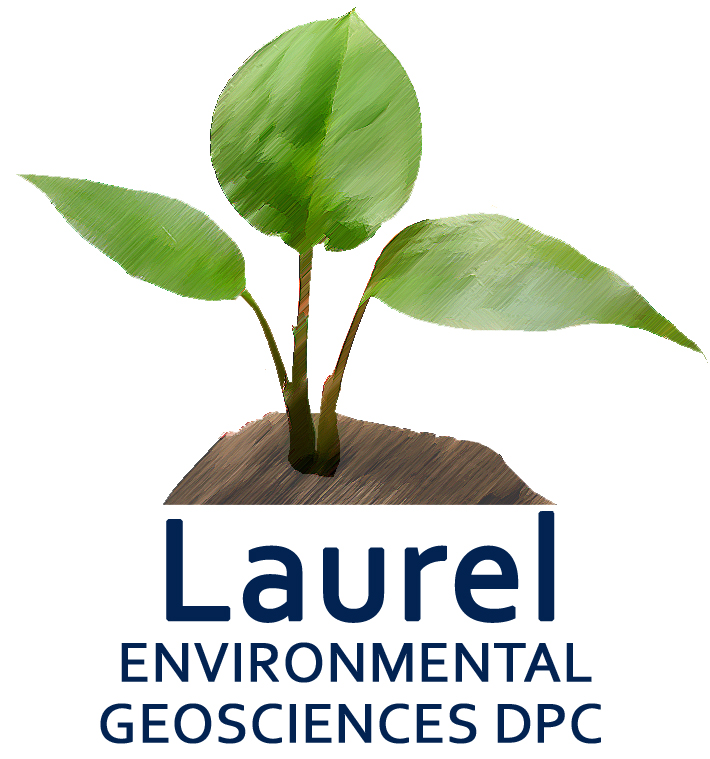
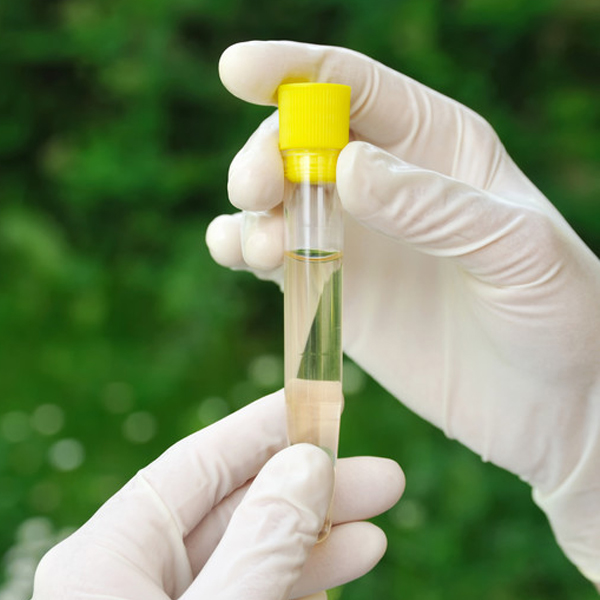
Phase II Soil / Groundwater Testing
When there is suspicion of contaminated soil or contaminated groundwater at a site, sampling and analysis must be completed to confirm the presence or absence of the suspected contaminants. This is achieved through the installation of groundwater monitoring wells and sampling of soil from cores.
The validity of the results obtained through this sampling relies heavily on the proper placement of monitoring wells and soil borings, though the placement is largely subjective. It is therefore important for a highly skilled scientist to conduct research on site history and visual reconnaissance in formulating a plan, and final decision of proper placement of the monitoring wells and borings to obtain relevant samples.
Whenever possible, Laurel makes every effort to limit costs, damage to property and especially disruption of business, through the use of the latest state of the art drilling and sampling equipment available.
soil and groundwater testing
In the case of underground storage tanks (USTs) that are suspected of leaking, Laurel may elect to utilize a Geoprobe™ to collect soil, soil vapor and groundwater samples. The use of this machine enables reduction in costs by allowing the collection of samples from more locations in a given period of time, with only minor damage to paved areas than is possible with other equipment. The Geoprobe™ is useful at depths of up to thirty feet.
When groundwater must be collected at depths greater than thirty feet in unconsolidated soils, a drill rig utilizing a hollow stem auger is employed. This type of drill rig can reach depths of up to one hundred feet in unconsolidated soils such as are typical on Long Island.
Should there be a need for deeper wells, such as into the Magothy aquifer, or when drilling into bedrock, a drill rig utilizing an air rotary hammer is employed. This rig can easily handle drilling at depths of up to five hundred feet.
DATA COLLECTION
Correct media sampling methods are just as important as proper well installations and sampling point decisions. Utilizing the correct sampling equipment and decontamination techniques, Laurel ensures that no cross contamination has occurred. Without exception, only properly trained and certified staff collect samples.
GROUNDWATER/SOIL SAMPLING AND ANALYSIS
Upon completion of a monitoring well installation, or when conducting soil borings, Laurel's USEPA trained staff makes use of state-of-the-art sampling equipment. Groundwater depths and product thicknesses are determined using an oil/water interface probe. Wells are developed using a bladder pump, to a turbidity (a measure of the silt present in water) of 50 nephelometric units (NTU's), or less to ensure proper hydraulic connection with the surrounding aquifer.
Prior to sampling groundwater, wells are purged of three to five times the volume of standing water to ensure collection of a representative sample. Samples are procured using Teflon™ bailers and transferred directly into appropriate sampling containers to eliminate the possibility of cross contamination.
Soil samples collected during drilling of monitoring wells and drilling or hand augering of borings are characterized under the unified soil classification (USCS). An on-site Photoionization Detector (PID) analysis of the vapors present in the head space of the samples can give an initial indication of volatile organic contamination. Laurel uses this field test to aid in selecting hot samples from a site suspected of having this type of contamination, thereby cutting down the costs of laboratory analysis.
SLUDGE SAMPLING
Laurel has found that septic systems, and industrial and storm water leaching pools are often receptors of significant contamination at any given property. By design, these systems leach as much water as possible into the ground, creating a significant potential for groundwater contamination. With this in mind, we at Laurel routinely recommend sampling of these leaching pools at commercial and industrial properties in our ESAs.
GEOPHYSICAL SURVEYS
With an innovative use of Ground Penetrating Radar (GPR), Seismic Methods (SEIS), Resistivity (RES), Electromagnetics (EM), Magnetics (MAG), Metal Detection (MD), Infrared Thermography (IR) and fiber optic borehole inspection, as well as Acoustic Monitoring (AM) technologies, Laurel conducts geophysical surveys to aid in the discovery of underground storage tanks, buried drums, fill material, unexposed drywells and large scale subsurface hydrocarbon contamination with no excavation or drilling necessary.
Other uses of these technologies include detection of thin spots in concrete floors, walls and ceilings, leak detection in pressurized underground sewer, water, gas and process piping, delineation of contaminant plumes, detection of incipient sinkholes, shallow ledge or rock pinnacles, voids and other karst features.
Services Include:

review of federal, state and local databases
determine if the subject site or any sites up to a one mile radius of the subject site are listed
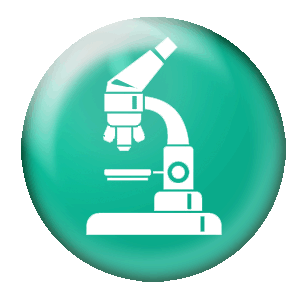
A site specific study
of the pertinent geologic, hydrogeologic conditions and hydrologic data found at the site
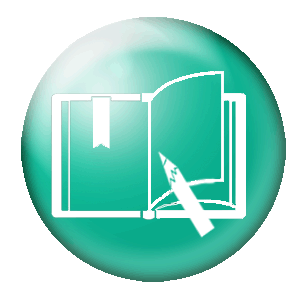
Written report of findings
clearly lay the groundwork for additional study, if warranted.
If contamination is discovered, LAUREL can design and optimize an economical mitigation plan that is environmentally sound. In some cases, early implementation of a proactive remedial strategy will permit a property transaction to move forward while a clean-up is in progress.
Phase II Soil / Groundwater Testing
When there is suspicion of contaminated soil or contaminated groundwater at a site, sampling and analysis must be completed to confirm the presence or absence of the suspected contaminants. This is achieved through the installation of groundwater monitoring wells and sampling of soil from cores.
The validity of the results obtained through this sampling relies heavily on the proper placement of monitoring wells and soil borings, though the placement is largely subjective. It is therefore important for a highly skilled scientist to conduct research on site history and visual reconnaissance in formulating a plan, and final decision of proper placement of the monitoring wells and borings to obtain relevant samples.
Whenever possible, LAUREL makes every effort to limit costs, damage to property and especially disruption of business, through the use of the latest state of the art drilling and sampling equipment available.
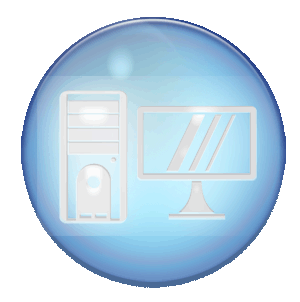
DATA COLLECTION
Correct media sampling methods are just as important as proper well installations and sampling point decisions. Utilizing the correct sampling equipment and decontamination techniques, LAUREL ensures that no cross contamination has occurred. Without exception, only properly trained and certified staff collect samples.
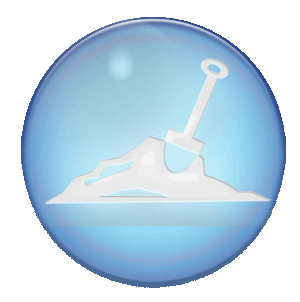
SOIL BORINGS AND MONITORING WELL INSTALLATIONS
When there is suspicion of contaminated soil or contaminated groundwater at a site, sampling and analysis must be completed to confirm the presence or absence of the suspected contaminants. This is achieved through the installation of groundwater monitoring wells and sampling of soil from cores.
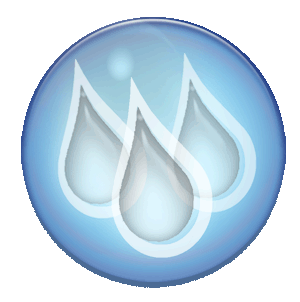
GROUNDWATER/SOIL SAMPLING AND ANALYSIS
Groundwater depths and product thicknesses are determined using an oil/water interface probe. Wells are developed using a bladder pump, to a turbidity (a measure of the silt present in water) of 50 nephelometric units (NTU's), or less to ensure proper hydraulic connection with the surrounding aquifer.
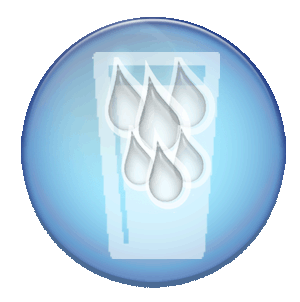
DRINKING WATER SAMPLING AND ANALYSIS
Lorem ipsum dolor sit amet, at duo affert homero incorrupte, vis eripuit accusata ut, wisi reprehendunt cum in. Te facete accumsan quo. Simul dolor eos te, ad possit adipiscing pri.
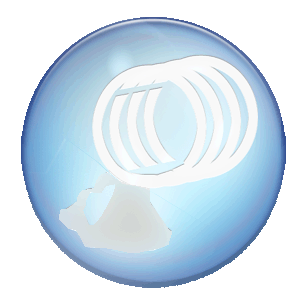
SLUDGE
SAMPLING
LAUREL has found that septic systems, and industrial and storm water leaching pools are often receptors of significant contamination at any given property. By design, these systems leach as much water as possible into the ground.
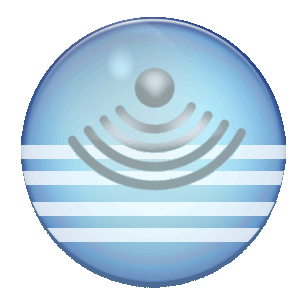
GEOPHYSICAL SURVEYS
LAUREL conducts geophysical surveys to aid in the discovery of underground storage tanks, buried drums, fill material, unexposed drywells and large scale subsurface hydrocarbon contamination with no excavation or drilling necessary.
BROWNFIELD REDEVELOPMENT
When there is suspicion of contaminated soil or contaminated groundwater at a site, sampling and analysis must be completed to confirm the presence or absence of the suspected contaminants. This is achieved through the installation of groundwater monitoring wells and sampling of soil from cores.
The validity of the results obtained through this sampling relies heavily on the proper placement of monitoring wells and soil borings, though the placement is largely subjective. It is therefore important for a highly skilled scientist to conduct research on site history and visual reconnaissance in formulating a plan, and final decision of proper placement of the monitoring wells and borings to obtain relevant samples.
Whenever possible, LAUREL makes every effort to limit costs, damage to property and especially disruption of business, through the use of the latest state of the art drilling and sampling equipment available.
MORE ENVIRONMENTAL SERVICES
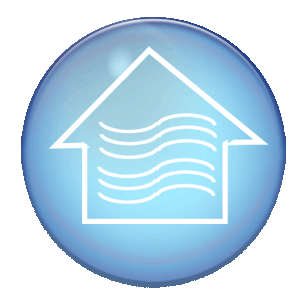
Indoor Air Quality Studies
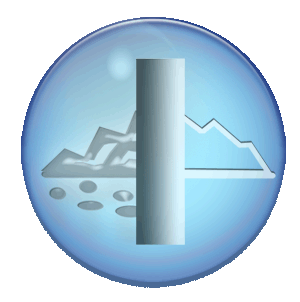
Soil / Groundwater Remediation
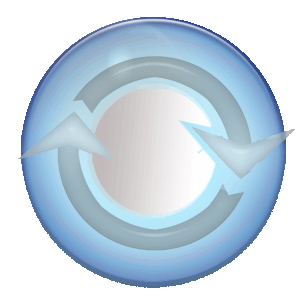
Brownfield Redevelopment
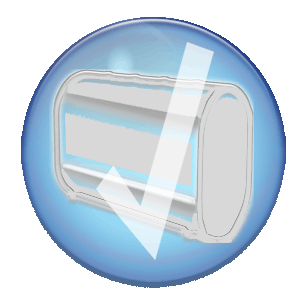
Tank Removal, Installation, Testing, Design and Permitting
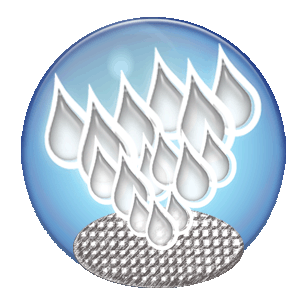
Underground Injection Control (UIC) Program
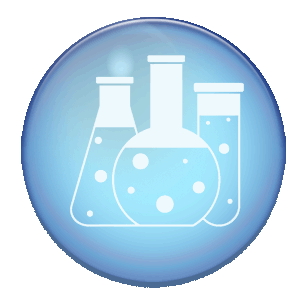
Lead and Asbestos Testing and Operations and Maintenance (O & M) Programs
Contact Us
© 2019 Laurel Environmental Geosciences D.P.C.
Website by Factxback.com Websites and Videos
